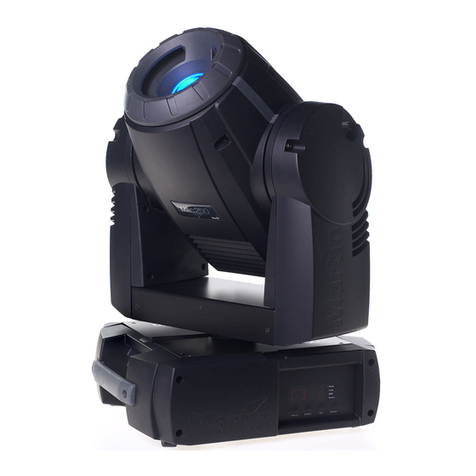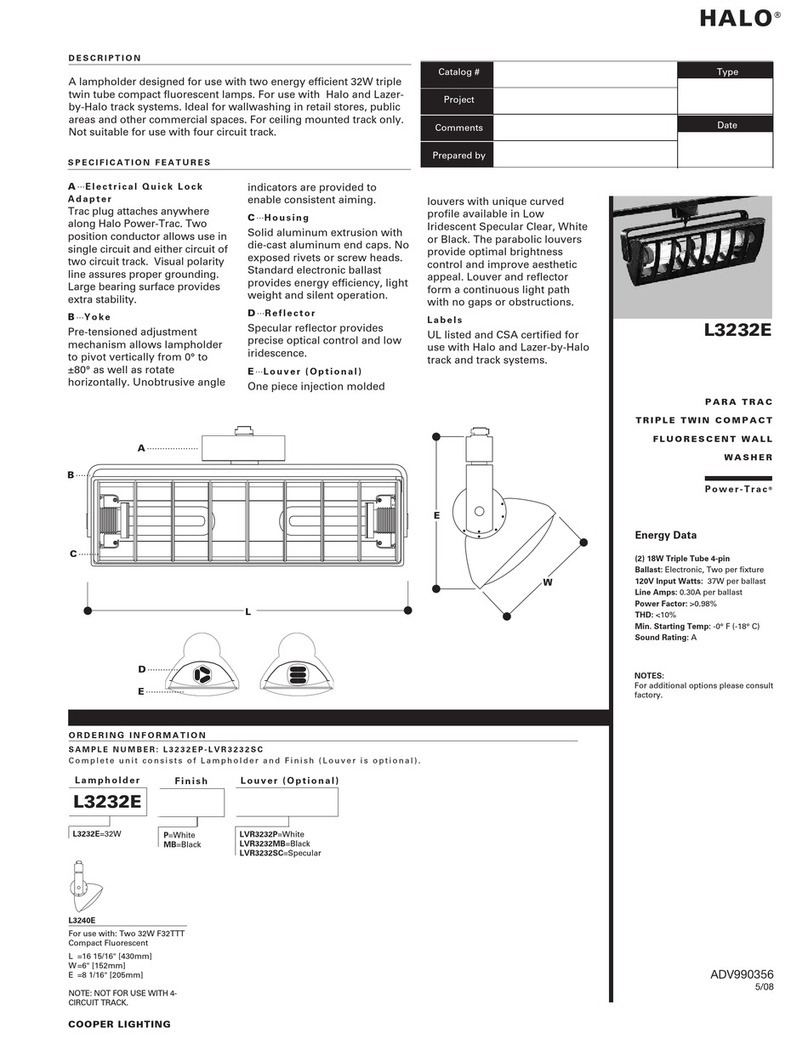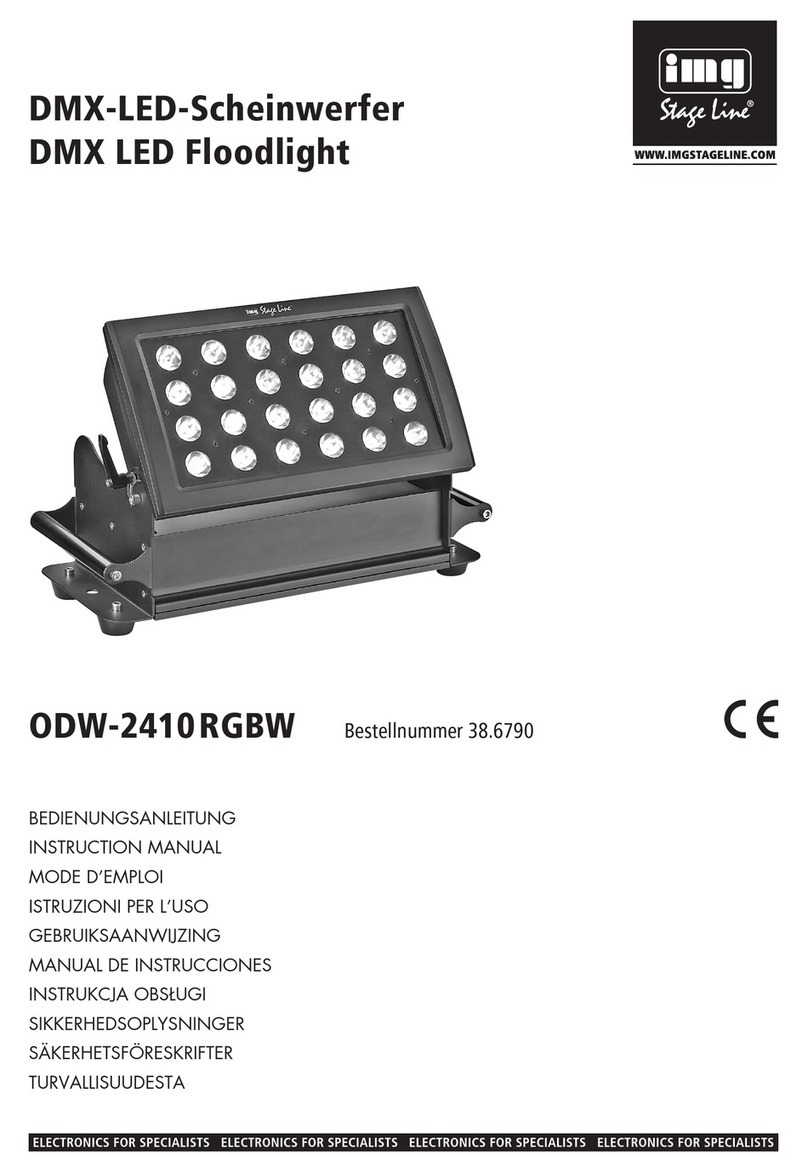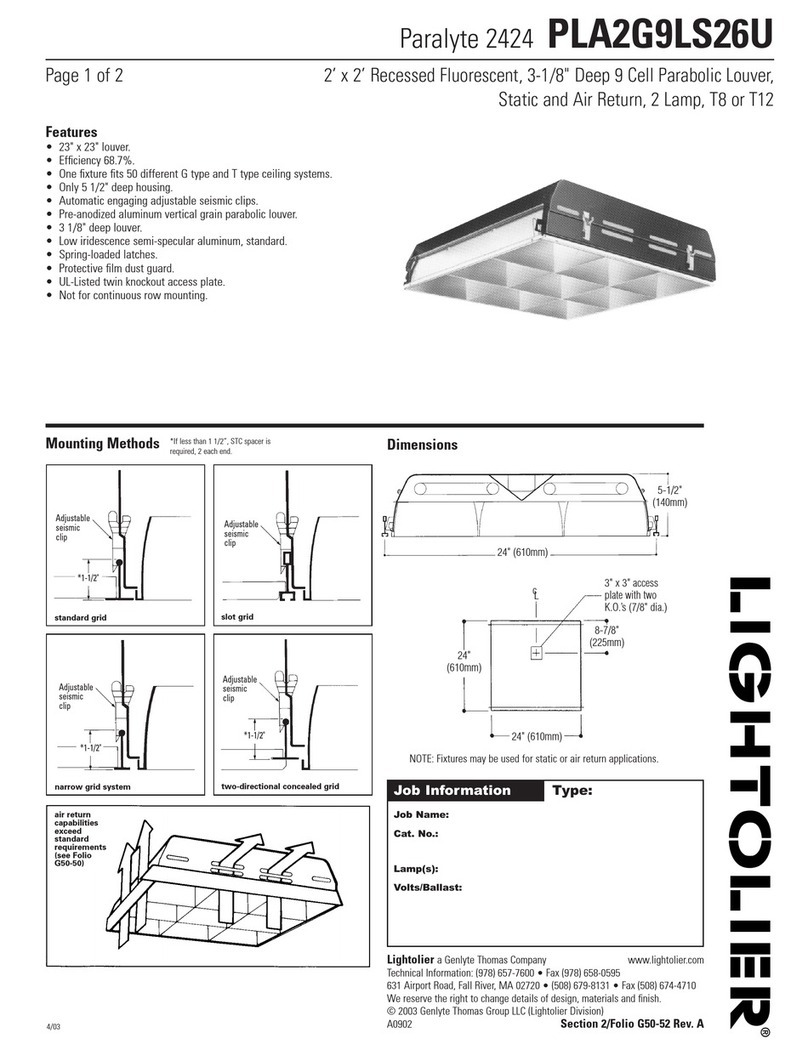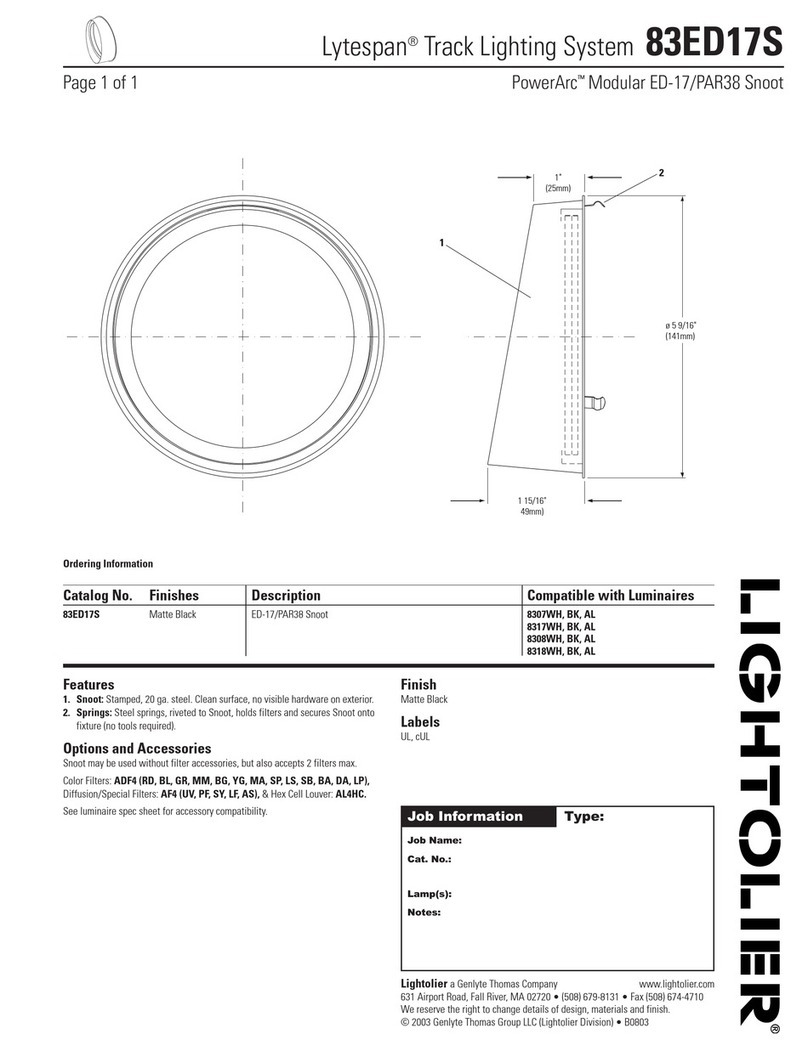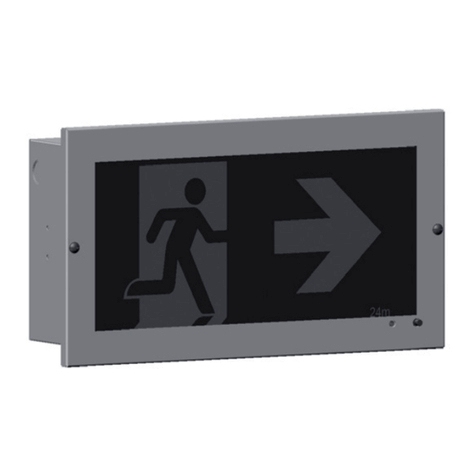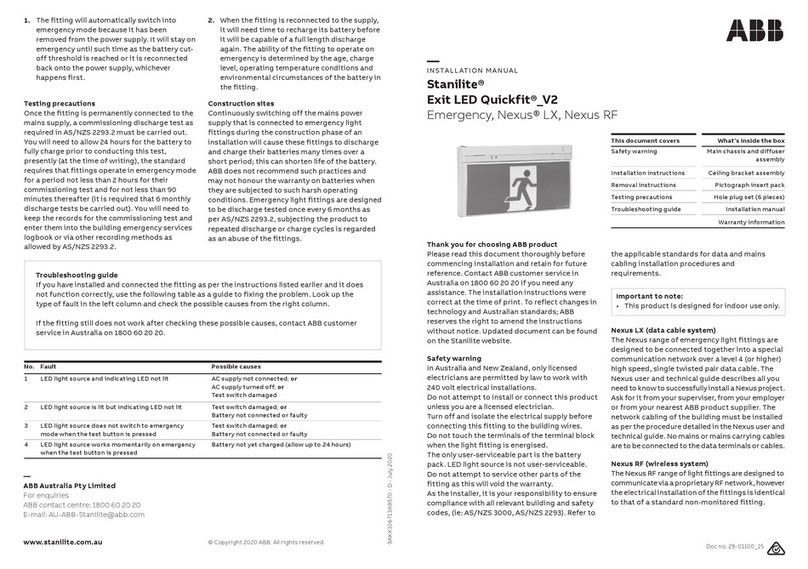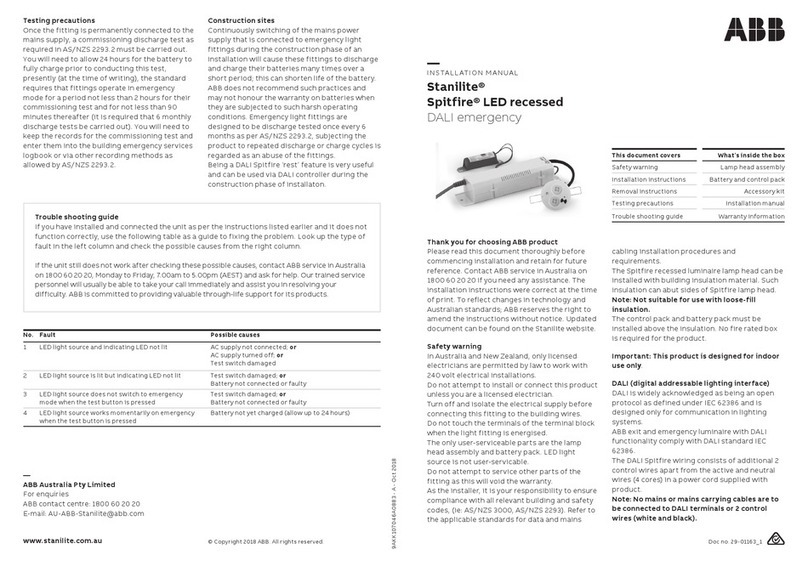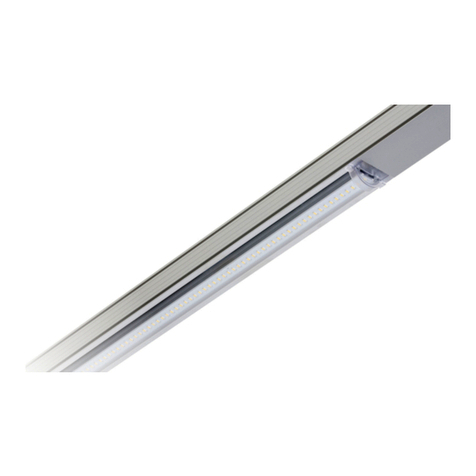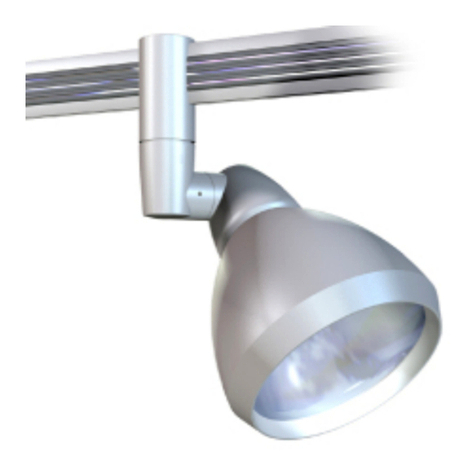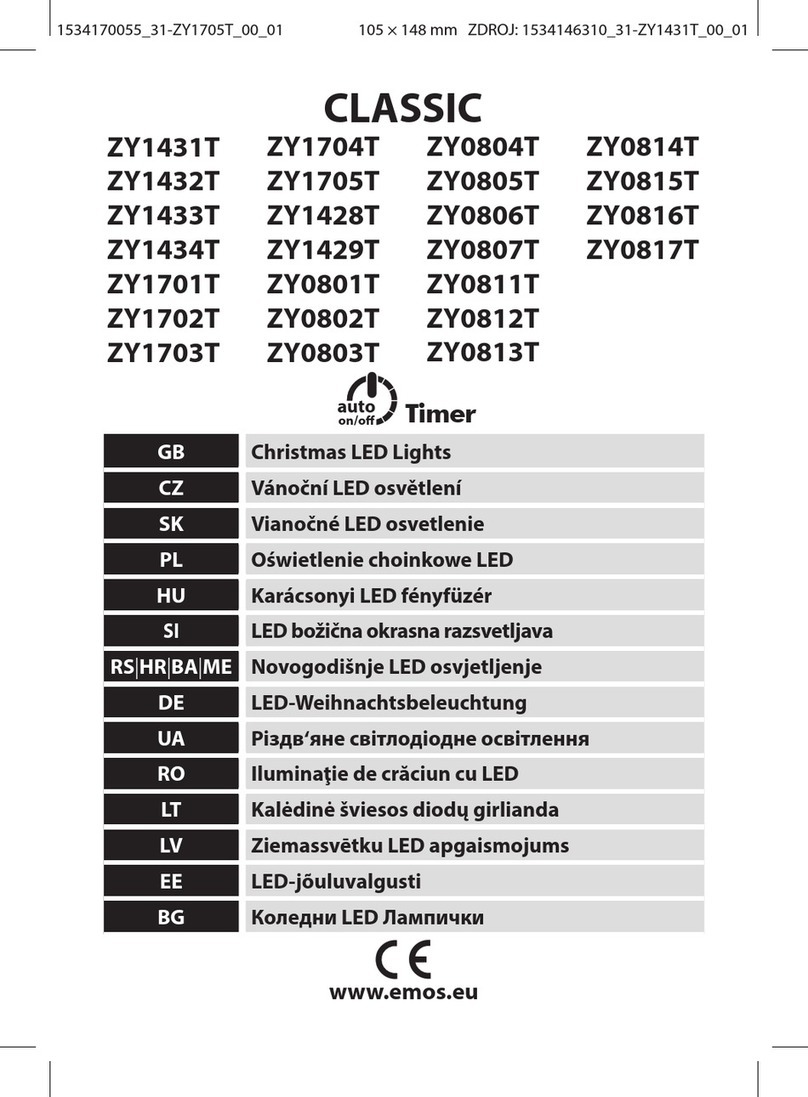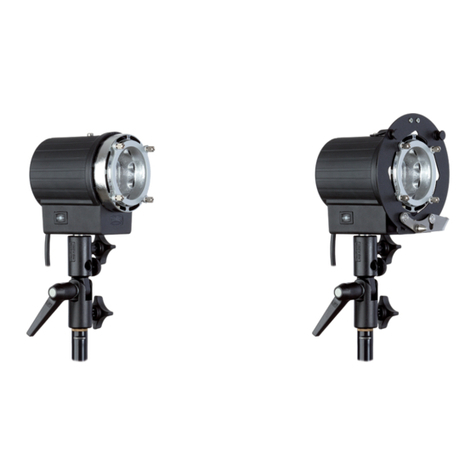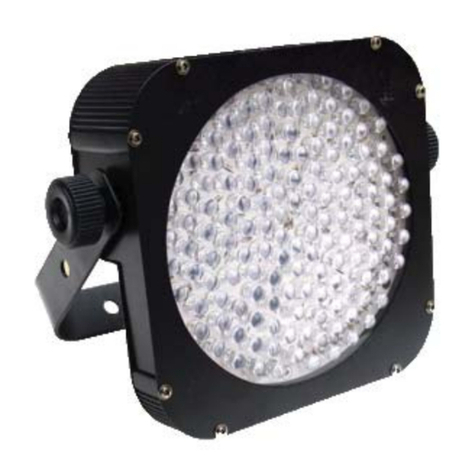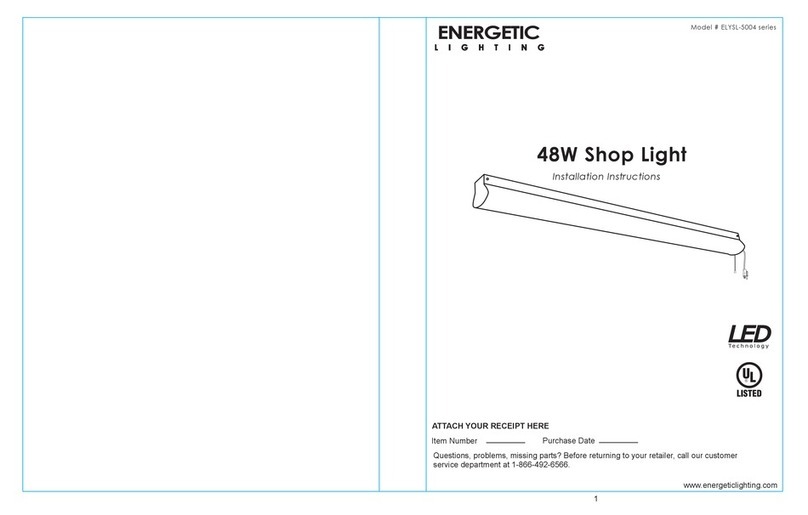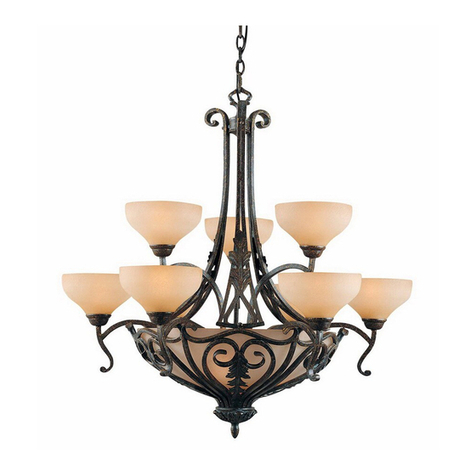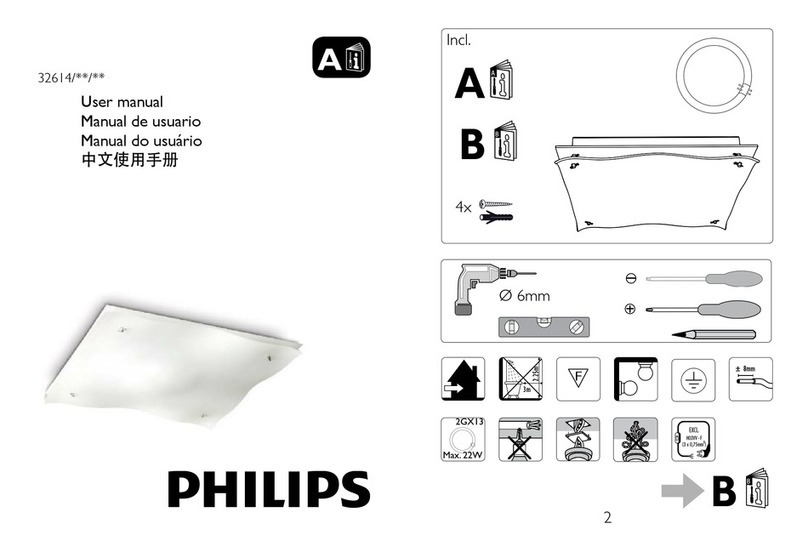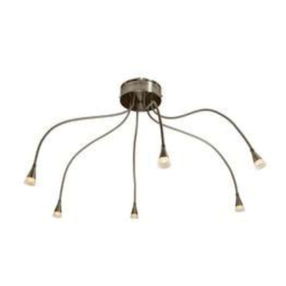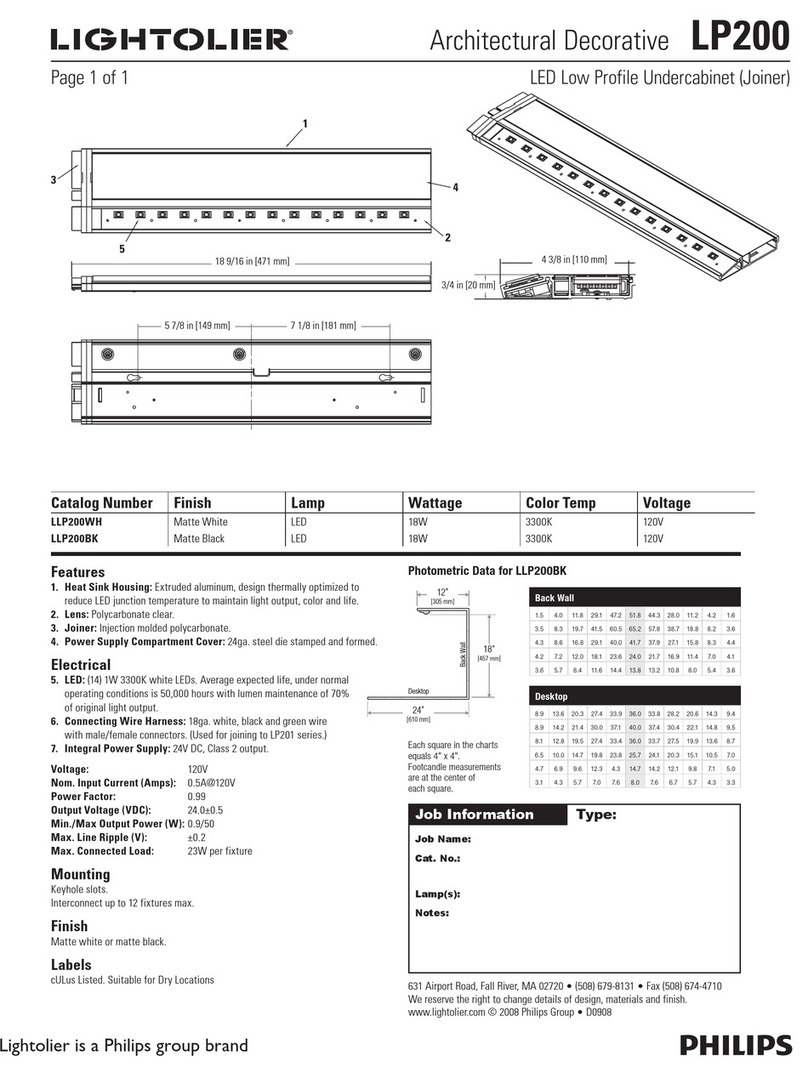
Enclosure
mounting
holes
354
164
Terminal block
for data cable for
Nexus LX fitting
Terminal block
for mains
Gear tray
mounting
screws
Figure 1 Figure 2 Figure 3
Installation instructions
Important: The mounting holes are at the same location as the lid’s screws, see figure 2. The holes
centre distance is 164 x 354mm. If the mounting holes are drilled through the enclosure, the
installer must seal the holes with suitable sealant to maintain the enclosure IP rating integrity.
1. Unscrew 4 screws and remove the lid.
2. Unscrew 4 screws from the gear tray then remove it from the enclosure.
3. Decide on the mains entry (back or side) then drill a cable entry hole to suit the conduit or cable
gland size. Remove all burrs and sharp edges around the cable entry hole and make sure the
enclosure is free of dust. For cable side entry; the holes centre is 25mm from the base.
Removal instructions
1. Before removing the installed fitting, de-
energise and lock of the supply circuit.
Note: There may be 2 actives present, ensure all
power is isolated before proceeding.
2. Remove the lid and gear tray from the
enclosure.
3. Disconnect the mains supply from the
terminal block (and data cable for Nexus LX
fitting or antenna cable for Nexus RF fitting)
and disconnect the battery plug from the PCA
before removing the fitting.
4. Determine the mounting location, hold the enclosure in position and secure it in place by
appropriate M6 screws (the housing mounting holes diameter is 6.4mm) (due to the wide variety
of building construction materials, fasteners are not supplied). Make sure the mounting screws are
fixed into solid material that is strong enough to support the weight of the fitting which is
approximately 4kg. A suitable washer should be used in conjunction with the screw.
5. Run mains cable in the ceiling or wall space as appropriate or surface mounted in conduit, slide the
cable gland over the cable then feed the cable through the entry hole of the enclosure. Allow
adequate wire length to reach the terminal block then secure the cable gland in place.
6. Terminate mains wires to the terminal block. Be careful with multi-stand conductors that all the
strands are twisted together before insertion into the terminal block. Any stray strands that
inadvertently come into contact with their neighbouring terminal will cause undesireable results
when fitting is powered.
7. For Nexus LX or Nexus RF product; refer to data connections section.
8. Connect the battery connector to the power pack.
9. Install the gear tray and secure it to the enclosure by 4 screws.
10. Check operation of the fitting to ensure that the installation was successful. When powered up.
allow a few minutes to give the battery a small charge then press the test button. Hold the test
button in for a few seconds and observe the operation of the lamp switching from mains to the
emergency mode. If the lamp on emergency mode works momentarily, that’s okay. Try again in a
few more minutes in case battery is completely discharged, it may take a little time to charge up
enough to operate even momentarily. After this time, press the test button again and if the lamp
does not work at all, check the supply, the connections and follow the instruction given in the
troubleshooting guide at the end of this document.
11. This step is for Nexus LX or Nexus RF only; once manually checked, it is ready for the
commissioning into the Nexus network. Keep the information details of this fitting including exact
location description, MAC address label, DB (distribution board) and CB (circuit breaker)
numbering, channel and router numbering, plan number and cross referencing information as all
of this will be required for entry into the database during commissioning. Refer to the Nexus user
and technical guide for full details.
12. If the installation is successful, secure the lid to the enclosure. Ensure to tighten the lid’s screws
properly to maintain the enclosure IP rating integity.
Wire/fitting type
Unswitched active Wire to USA terminal
Neutral Wire to terminal N
Earth Wire to terminal E or
Fitting type Indicator LED state - on initial powering - no fitting faults
Non-monitored Solid red
Nexus LX Flashing green
Nexus RF Green flash with 2 red blinks, green flash with 3 red blinks
Important: 24 hours is required to allow the fitting battery to reach full capacity, ie: prior to a
discharge test. As the installer, it is your responsibility to conduct the initial discharge testing of
the installed fitting. Refer to AS/NZS 2293.
Construction sites
Continuously switching off the mains power
supply that is connected to emergency light
fittings during the construction phase of an
installation will cause these fittings to discharge
and charge their batteries many times over a
short period; this can shorten life of the battery.
ABB does not recommend such practices and
may not honour the warranty on batteries when
they are subjected to such harsh operating
conditions. Emergency light fittings are designed
to be discharge tested once every 6 months as
per AS/NZS 2293.2, subjecting the product to
repeated discharge or charge cycles is regarded
as an abuse of the fittings.
Testing precautions
Once the fitting is permanently connected to the
mains supply, a commissioning discharge test as
required in AS/NZS 2293.2 must be carried out.
You will need to allow 24 hours for the battery to
fully charge prior to conducting this test,
presently (at the time of writing), the standard
requires that fittings operate in emergency mode
for a period not less than 2 hours for their
commissioning test and for not less than 90
minutes thereafter (it is required that 6 monthly
discharge tests be carried out). You will need to
keep the records for the commissioning test and
enter them into the building emergency services
logbook or via other recording methods as
allowed by AS/NZS 2293.2.
Data connections
Nexus LX fitting
• Terminate the data cable to the small
terminal block.
• The same colour wire from each data cables
connects to the terminal marked +.
• The other colour wire from each of the data
cables connects to the terminal marked -.
• No mains or mains carrying cables are to be
connected to the data terminals or cables.
Nexus RF fitting
• Feed the antenna cable connector through
the vacant hole on the gear tray plate and
secure it in place with the nut provided, then
install the antenna to this connector.
• Collect the MAC address, by removing the
peel off sticker section and locating it on
your floor plan or spreadsheet.

